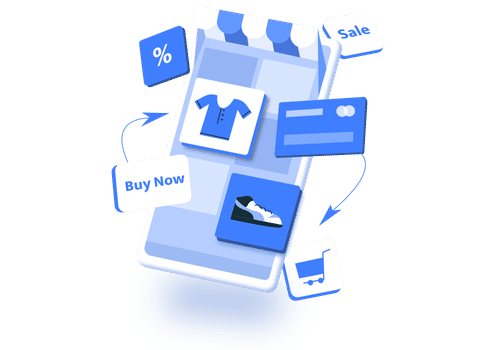3 Smart Strategies to Fuel eCommerce Customer Engagement
In an eCommerce landscape where consumers have almost unlimited choice, and barriers to entry are lower than ever, it is becoming more and more difficult to convert and retain customers.
eCommerce businesses are now looking for new ways to deliver great customer experience, so their customers are more satisfied and loyal. Customer engagement is an important aspect of the overall customer experience and plays a role in forming long-term and meaningful customer relationships. Whether you’ve had an eCommerce business for years or are just starting out, it pays to take a deeper look at your customer engagement.
Download Free: Customer Engagement Guide
What is eCommerce customer engagement?
Customer engagement is the level of interaction and attachment customers have with business across all touchpoints and throughout their lifecycle. Gallup defines fully engaged customers as those who are both emotionally attached and rationally loyal. And has reported that fully engaged customers represent an average 23% premium in terms of share of profitability, revenue, and relationship growth. So it’s clear that deepening your engagement pays off in revenue and relationship. But how can your business go beyond transactional value to deepen the relationship?
There are three key strategies attributes—emotions, participation, and user behavior—that eCommerce enterprises should focus on to improve customer engagement.
1. Leverage emotions to deepen the customer connection
Emotions have a strong influence on consumer perceptions, but many eCommerce businesses traditionally focus primarily on rational and product-led messaging. Paying attention to what your customers really associate with your brand will open up opportunities to connect at a deeper emotional level. Dove’s ‘Real Beauty’ campaign is a classic example of using emotions to drive engagement and, as a result, an uplift in sales. The campaign repositioned the brand from just beauty products to a champion and empowerer of women everywhere. In their new campaign—#MyBeautyMySay, Dove empowers women to define their beauty their own way. Through this campaign, Dove attempts to connect to the self-respect aspect, which many women believe is a “battle still to be won.”
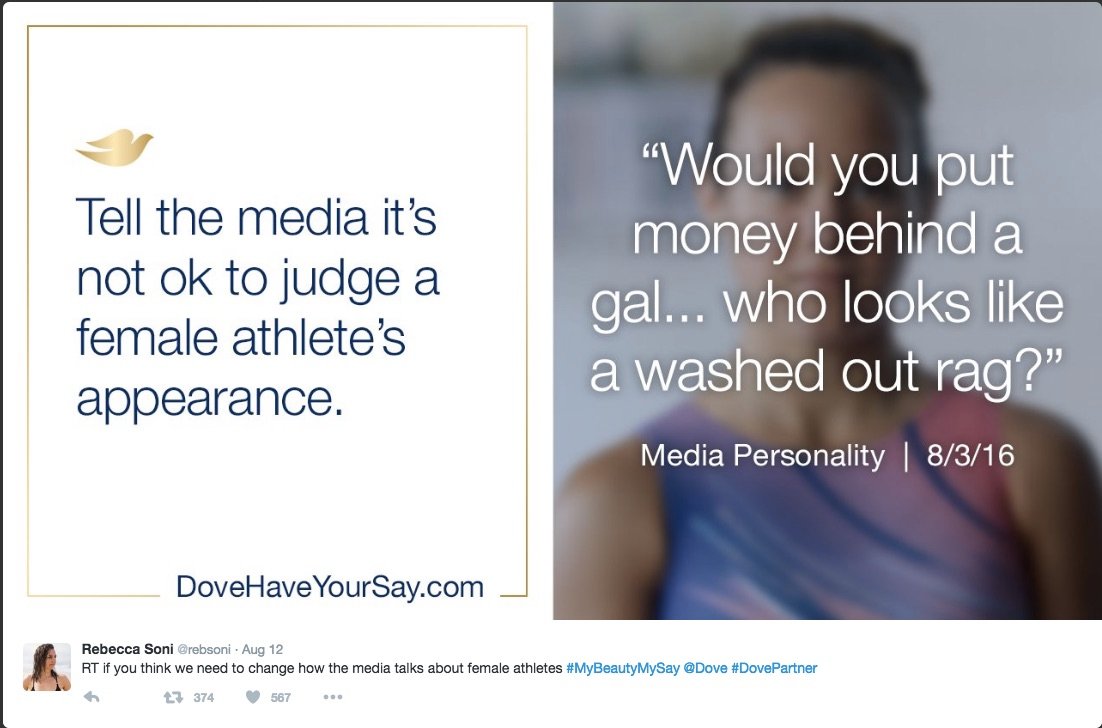
Developing deeper levels of emotional engagement can also be achieved by fostering transparency and trust. Copywriting is important here—in the content on your website, using a tone of voice which is authentic and real, not too pushy or salesy, helps to build trust with the audience before they’ve even purchased. Using social proof, trust seals, and reviews on the website can also help to create a sense of trust.

Using humor is another technique that has a strong emotional appeal. When used appropriately, it never fails to make an impact. While humor works best for brands in advertising and social media, even being light-hearted and having a little fun in web content can make your brand more approachable and relatable.

Dollar Shave Club famously drove massive sales with a humorous launch video that cost only $4,500 to produce. The resulting surge in demand saw them overwhelmed with orders, and set the brand up for ongoing success. When served at the right moment, to the right audience, humor has the power to cut through and create results.
More broadly, however, is the question of how do you use customer emotions to nudge customers to take a preferred course of action? My Customer gives a five-point list on building emotional engagement:
- Know what emotional triggers exist currently in your experience.
- Define what emotion you want your experience to evoke.
- Listen to your customers…a lot.
- Identify your customers’ subconscious experiences.
- Never stop improving the experience.
2. Improve engagement through participation
Another way to improve customer engagement is by inviting them to participate. This can be as simple as asking for suggestions and feedback or as ambitious as involving customers in product creation and innovation. Consider the example of Vans. The leading shoe brand allows users to customize their own pair of sneakers on the website, driving purchase volume as well as loyalty.
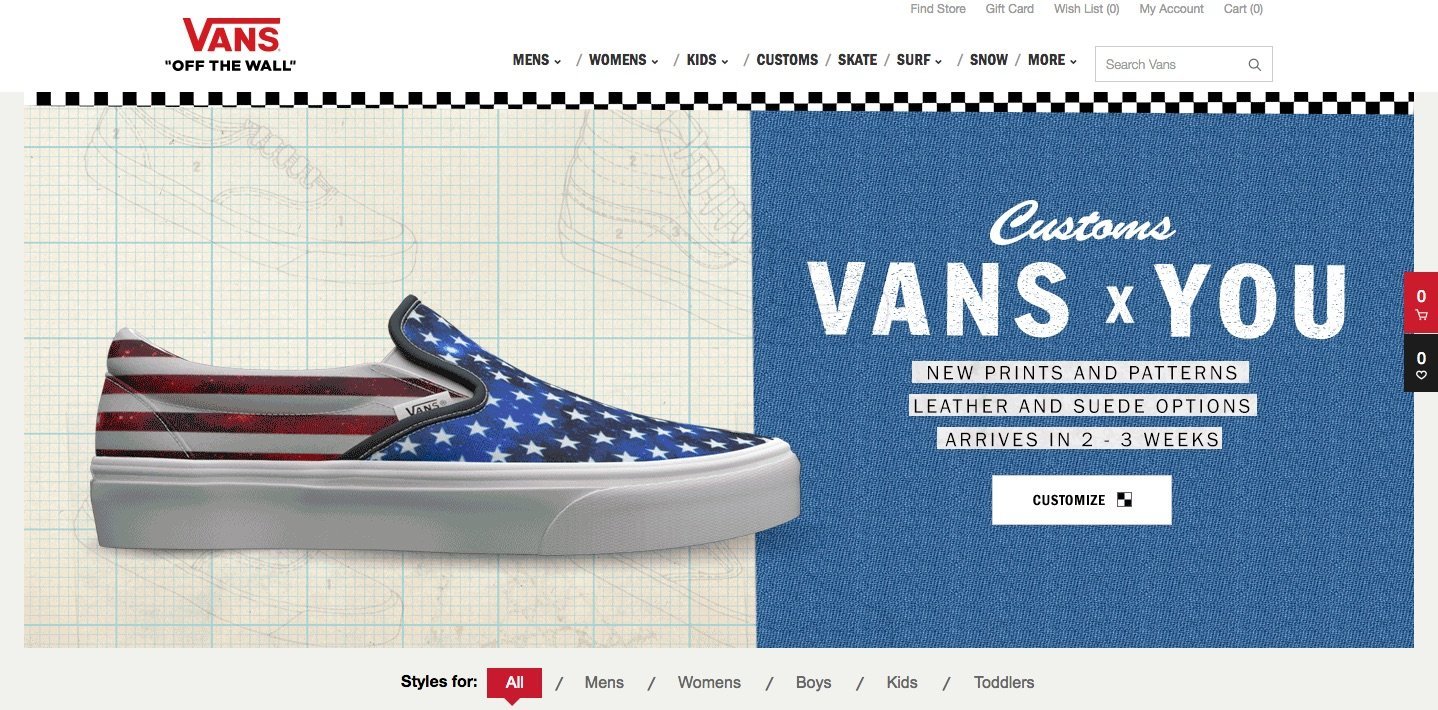
Moreover, co-creating products or improving your product with customers can be a source of innovation and competitive advantage. McKinsey researched more than 300 companies and identified three key areas where those who lead at co-creation focused: targeting co-creators, finding the motivation, and focusing on a sustainable pay-off.
Social media represents another opportunity to drive customer participation. Just the basics of posting on social media will create awareness and allow customers to respond and comment. But it doesn’t stop here—use shoppable images on your social media accounts, and embed social feeds into your website—product page, home page, or a dedicated photo gallery page. ASOS creatively uses Instagram images shared by customers by running the #AsSeenOnMe campaign on its website.
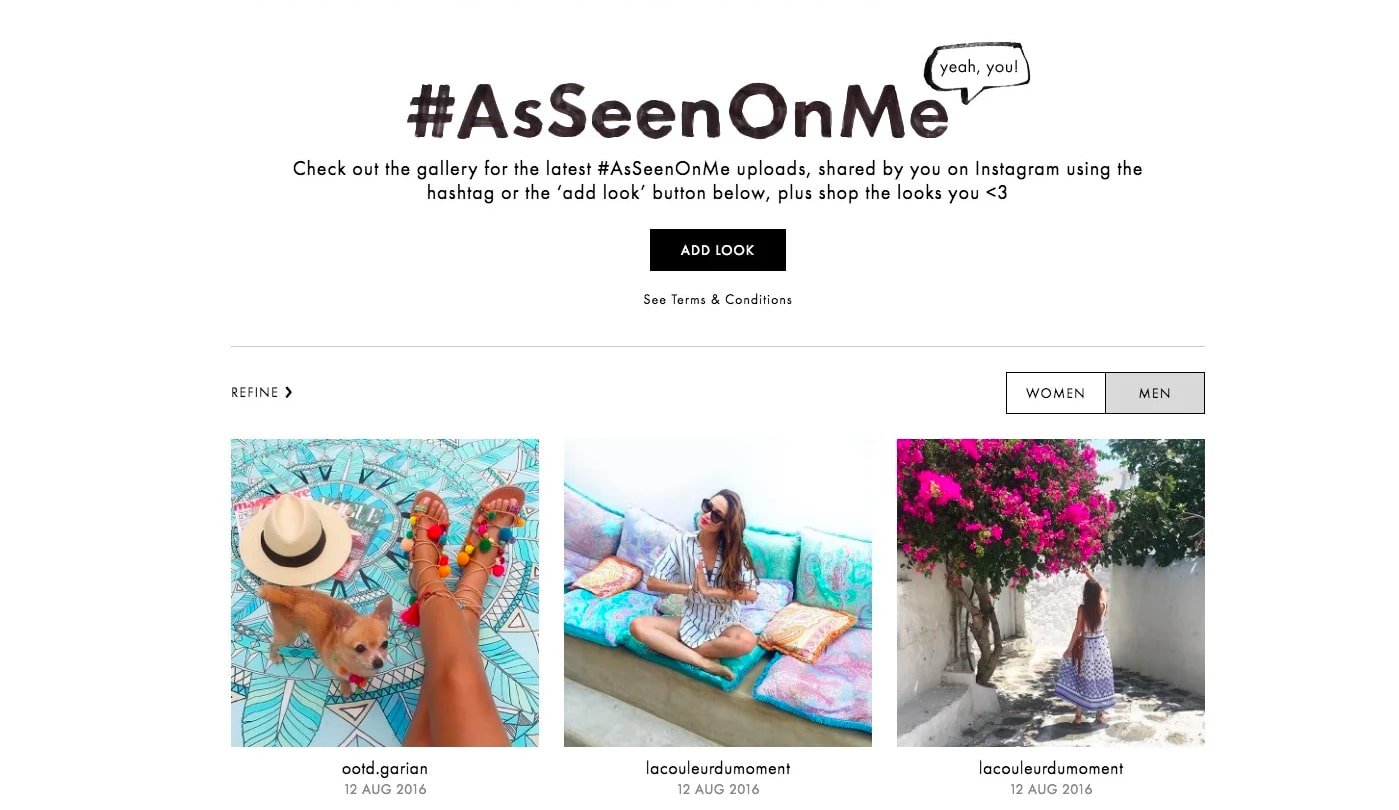
Warby Parker started its home try-on services in 2012. It was also smart to start a user-generated content (UGC) campaign for the same. Their customers become a part of the campaign by sharing photographs while trying the five pairs of Warby glasses on their social media with the hashtag #WarbyHomeTryOn.
Forever21 created a single hashtag for all content generated by its users—#F21XME. It features content with the hashtag on its website, asking participants to upload their favorite F21 outfit on Instagram using the hashtag for a chance to be featured.
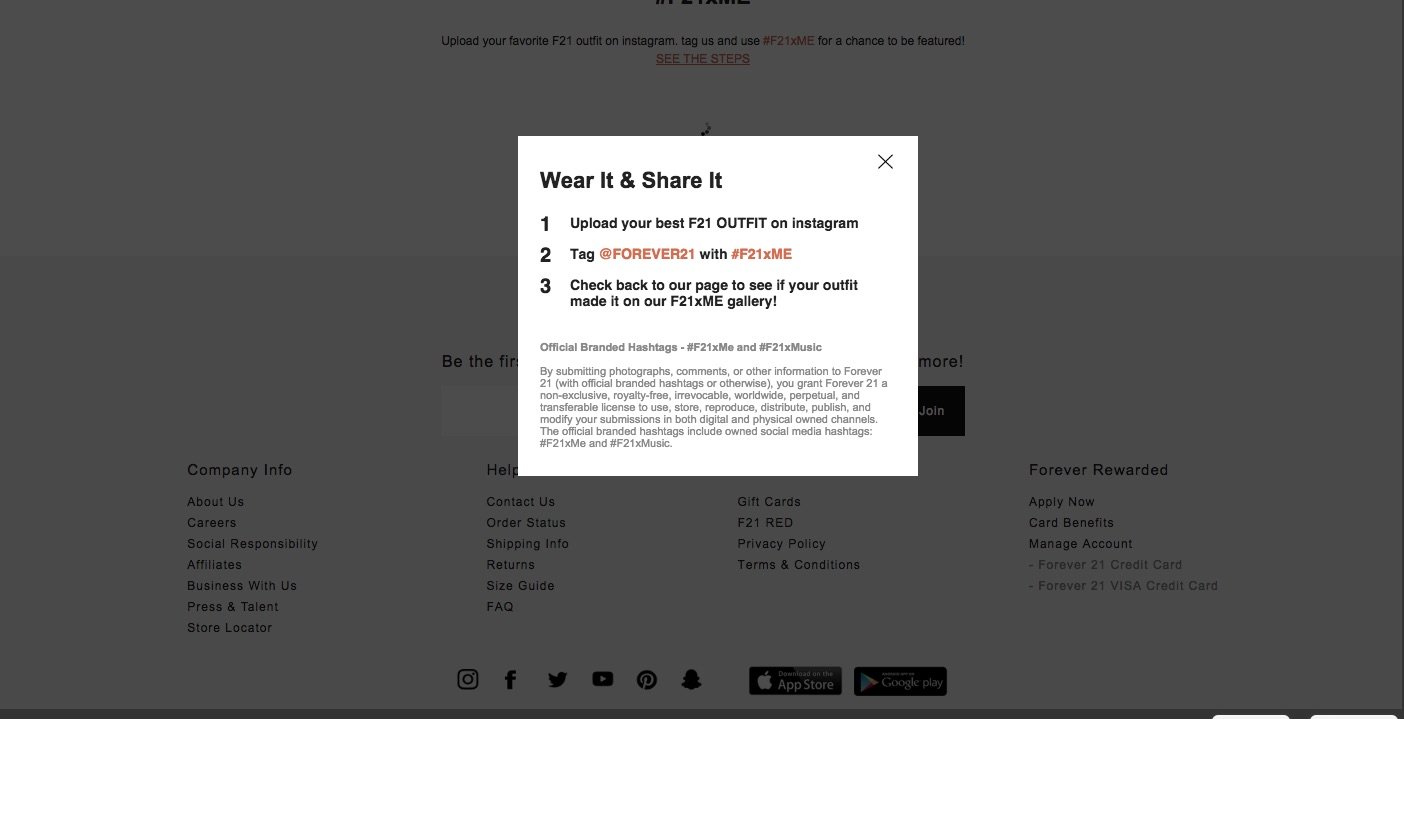
Most social media platforms now allow businesses to link directly to products within the app. Twitter product pages are tweets that lead to shopping information about an item. A buy button is included for those who wish to buy—an easy way to generate purchases directly from an engagement.
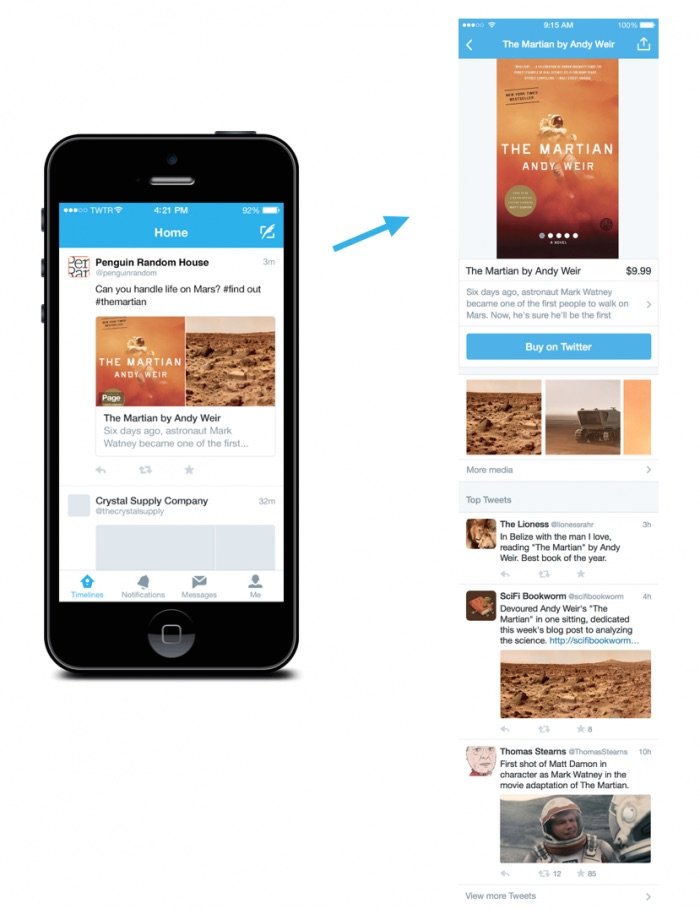
Download Free: Customer Engagement Guide
3. Leverage user behavior to drive engagement on-site
We discussed earlier how emotions can be leveraged to increase engagement. However, it is equally important for eCommerce enterprises to focus on increasing customer engagement rationally, which can be done by providing an enhanced on-site experience. Continuously improving users’ on-site experiences requires eCommerce enterprises to dig deep into user insights, identify and resolve pain points, and discover what interests or repels users. This can be done with the help of tools such as heatmaps, visitor recordings, and form analysis.
Visitor recordings play the actual interactions that any user has had on your website. These insights can be used further to analyze or validate whether any element on the website is distracting the user or a pain point otherwise. UKToolCenter removed the product filter, improving site engagement by 27%. Using visitor recordings, their hypothesis in VWO Plan was that the product distracted users—a hypothesis which was easily validated.
Heatmaps highlight areas of maximum engagement on a website and also pinpoint dead zones. eCommerce enterprises can study low-engagement areas and test improvements, which might include:
- Making CTAs more relevant (Example case study)
- Removing options that don’t drive engagement (Example case study)
- Adding new elements such as banners to enhance engagement (Example case study)
A form analysis can be run to understand how users interact with your forms. This interaction allows you to fetch insights from drop-offs per field, time taken to fill the form, fields ignored, and so on. This data can be used further to fix pain points and optimize web forms for more engagement and conversions.
Feedback and insights gathered from on-page surveys can also be used for improving on-site user engagement. For example, if a user spends more than five minutes on a product page, a survey can be triggered to find out whether the user intends to buy something or is searching for something specific.
Conclusion
Customer engagement is not just about metrics that show us click-through rates or pages viewed in a session. For eCommerce enterprises, driving robust engagement constitutes:
- Deepening the emotional connection that consumers have with your brand, and using emotions to drive engagement
- Encouraging customer participation across the website and social media. Deploying user behavior data and insights to track and improve on-site interactions
Using these strategies and applying them to your unique business will help not only engage with current and future customers. It will grow customer loyalty and purchase frequency, drive advocacy and even help you to develop and improve products.



